You are on an escalator, standing behind and slightly below a middle-aged woman who is wearing a sensible black knee-length skirt and flat shoes. Your visual field is filled by two stoutish legs in pale tights that are preparing to step off the top of the moving stairway. You are looking at a photograph by Dolorès Marat: Legs, Paris, 1997. Maybe you choose to focus on the contrast between the disembodied limbs and the industrial metal of the escalator; or to imagine the office routine ahead and all the traipsing those legs are going to have to do; or to think about the woman behind the camera, who is just as present in the image as the woman whose legs you are looking at, if not more so. What did she see in this image, and want you to see?
Marat’s photographs of street scenes form part of the ‘Exteriors’ exhibition at the Museum of European Photography in Paris. Curated by the writer Lou Stoppard during a residency at MEP, the show displays works in the permanent collection – shots of everyday life in France but also London, Scarborough, New York, Tokyo and Shanghai by over 25 different artists – alongside extracts from Journal du dehors, a published diary by the writer Annie Ernaux in which she recorded her immediate impressions of life in and around the Paris suburb of Cergy-Pontoise between 1985 and 1992.
‘Can you see a text? Can you read a photograph?’ asks Stoppard in the catalogue essay. What the medium of photography does best is ‘describe’, said the American street photographer Garry Winogrand, whose photographs of a shop window in San Marcos, Texas, and another in New York City are paired with Ernaux’s street images. One extract reads, in its entirety: ‘A trolley on its side, a long way from the shopping centre, like a toy forgotten in the grass.’

Shinjuku Station, Tokyo (1962), Hiro. MEP Collection, Paris. © The Estate of Y. Hiro Wakabayashi
Ernaux has joked that her signature ‘flat’, unrhetorical style was an attempt to create work at ‘a cut below literature’. Her texts are hung on the walls of the exhibition like photographs: scenes at the supermarket, on the metro and the RER, very often focusing on women and girls performing themselves in public. There’s a hairdresser ‘cleansing herself’ after an encounter with a woman carrying head lice by complaining loudly; girls chatting at the supermarket checkout, ignoring their customers; snippets read over the shoulder of fellow passengers on the metro.
Stoppard’s pairings work best when the overheard, or ‘overseen’, aspect of the image is embedded in the photographs themselves. The camera lens nods to real-life framing devices: windows, mirrors, streetscapes and even hedges. Take the foreshortened view in Richard Kalvar’s work Sunbathing Woman, Bryant Park, New York City (1969): torso, arm, tipped-over plastic cup and straw, seen through bushes and what may be the framing window of a bus. These photographs insist on perspectives that are simultaneously stolen, accidental and set up.
Because there is, of course, no neutral seeing. ‘I have put a lot of myself into these texts, far more than originally planned,’ says Ernaux, ‘memories and obsessions subconsciously dictating my choice of words, and the scenes I wished to freeze.’
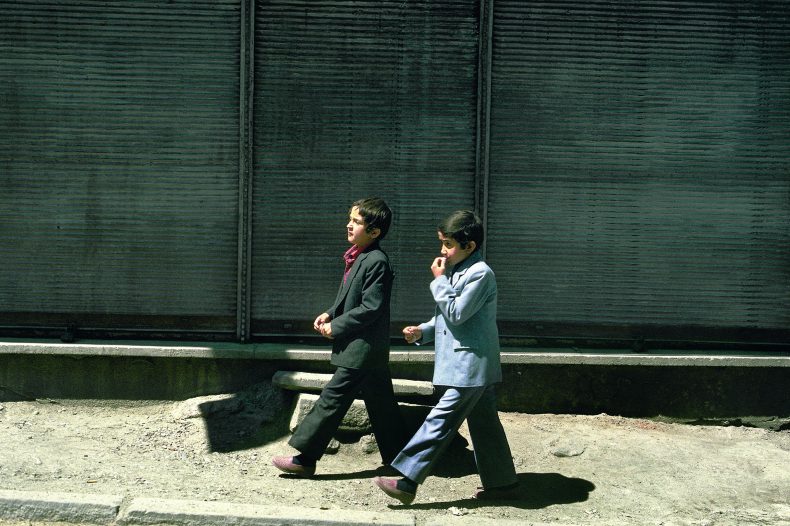
Istanbul (Turkey) (1986), Jean-Christophe Béchet. MEP Collection, Paris. © Jean-Christophe Béchet
Ernaux’s exteriors lead to a personal interior, but her book is also intended as a documentary of behaviours she finds wanting:
The violence and shame inherent in society can be found in the contempt a customer shows for a cashier or in the vagrant begging for money who is shunned by his peers – in anything that appears to be unimportant and meaningless simply because it is familiar or ordinary […] a supermarket can provide just as much meaning and human truth as a concert hall.
For all the focus on the image, Ernaux is less interested in the visual shape of what she sees than in what it means. There’s nothing like the glorious visual rhyme in Bernard Pierre Wolff’s Mid Manhattan, New York (1984), in which the red and white striped fabric of a woman’s dress repeats the red and white stripes on a warning barrier in the street.
My favourite image in the exhibition frames another visual rhyme for the viewer, and one more in keeping with Ernaux’s preoccupation with female generations. It’s Jean-Philippe Charbonnier’s Two Hands and a Pair of Underpants, Luxembourg, Paris (1978), and it’s a drama in three acts. We catch sight of them in the park, a middle-aged woman in the sun, left hand to her chest, right hand on her knee. Beside her a teenage girl, most probably her daughter, is caught in the same gesture – it’s unclear whether she’s modelling herself consciously or not. Up in the right-hand corner sits a young girl, casually showing us her knickers. She’s not yet inducted in the ways of femininity, but she will be.
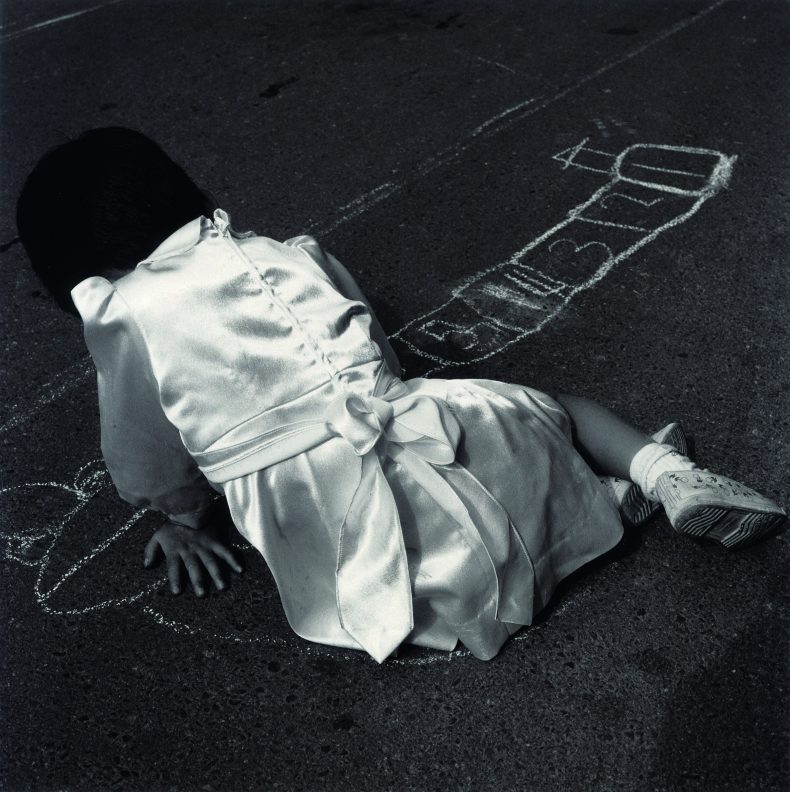
Nabari Mie (1977), from the series Fushikaden (1971–78) by Suda Issei. MEP Collection, Paris. Courtesy Akio Nagasawa Gallery; © Issei Suda
‘Exteriors – Annie Ernaux and Photography’ is at the MEP, Paris, until 26 May.
Unlimited access from just $16 every 3 months
Subscribe to get unlimited and exclusive access to the top art stories, interviews and exhibition reviews.


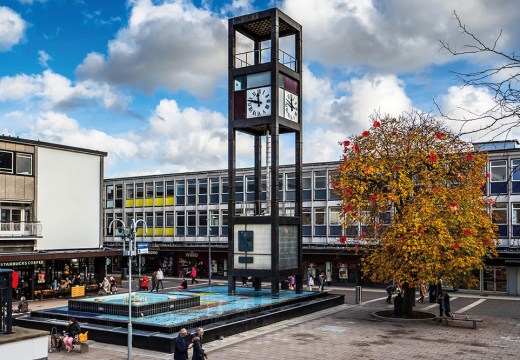
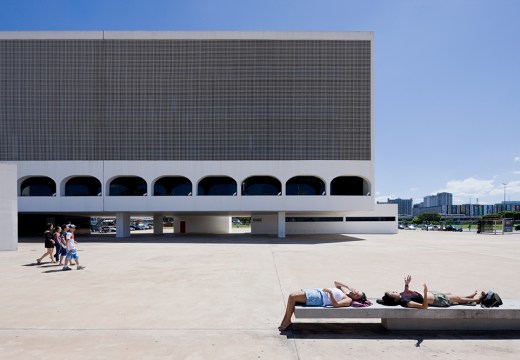
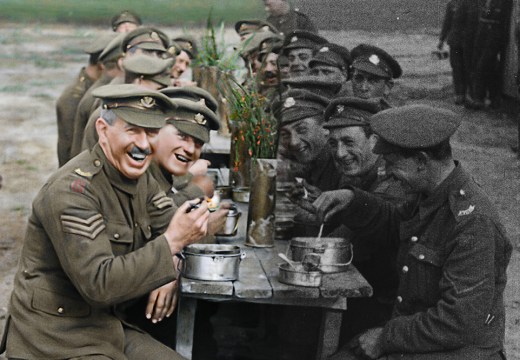









![Masterpiece [Re]discovery 2022. Photo: Ben Fisher Photography, courtesy of Masterpiece London](http://www.apollo-magazine.com/wp-content/uploads/2022/07/MPL2022_4263.jpg)
It’s time for the government of London to return to its rightful home